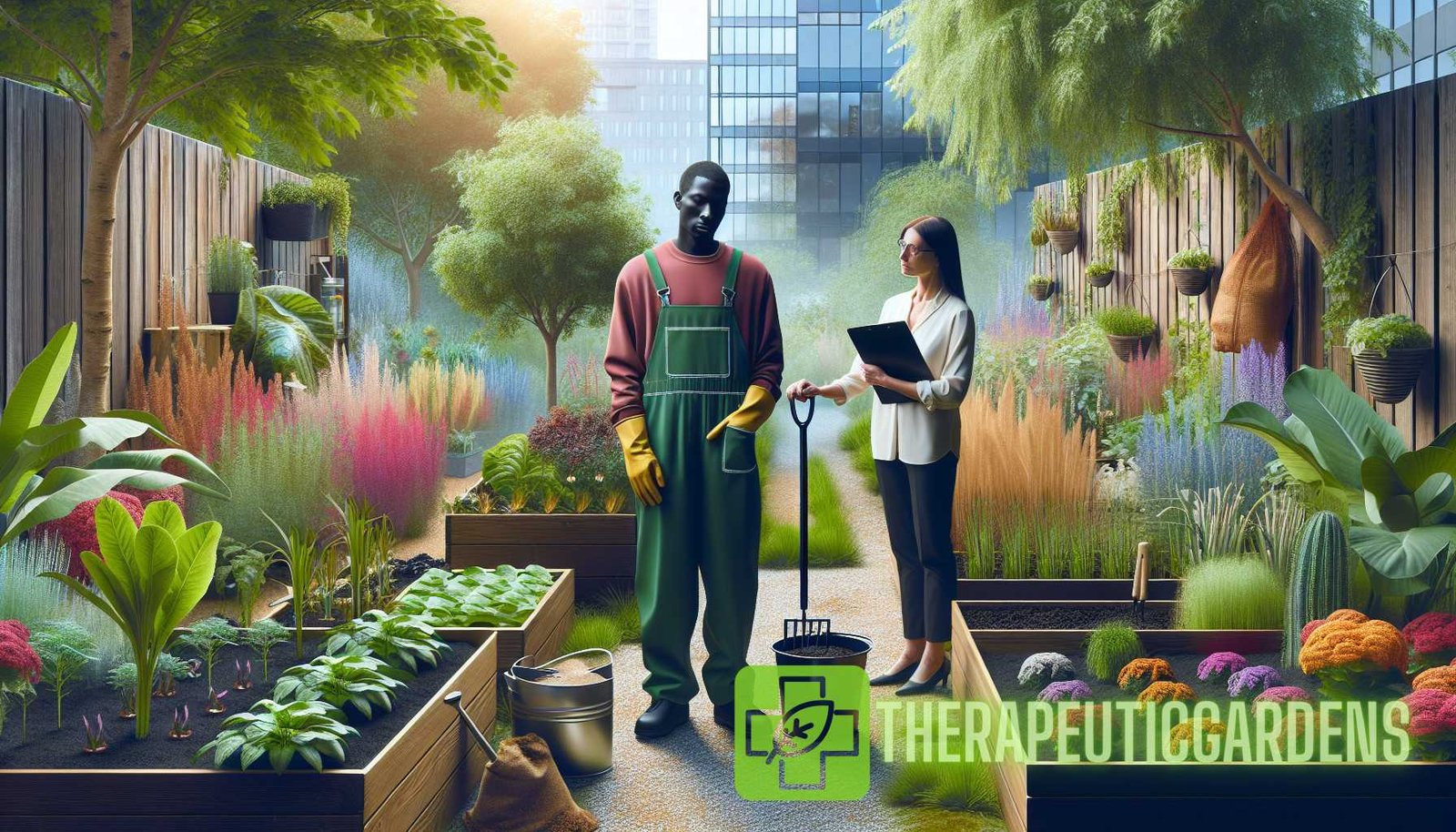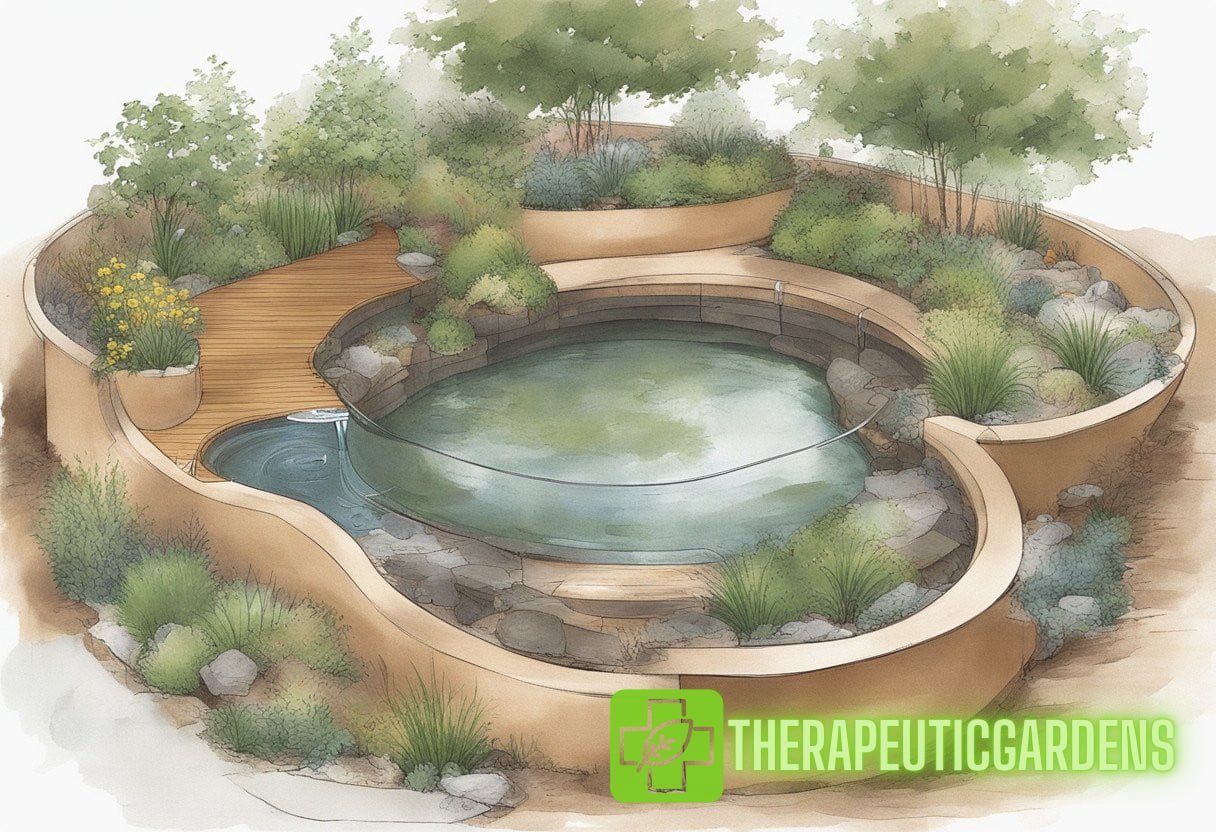Sustainable Practices for the Therapeutic Garden: A Guide
Therapeutic gardening is becoming increasingly popular in the field of horticultural therapy. It involves the use of gardening activities to improve physical, mental, and emotional well-being. In addition to providing therapeutic benefits to individuals, creating a sustainable therapeutic garden is essential for the long-term health and vitality of the environment. Sustainable practices help conserve resources, minimize waste, and promote biodiversity. This guide will explore sustainable practices for the therapeutic garden, including water conservation, organic gardening methods, waste reduction, and promoting biodiversity.
Water Conservation
Water is a precious resource that needs to be conserved, especially in areas where water scarcity is a concern. By implementing the following practices, therapeutic gardens can minimize water usage:
- Install a rainwater harvesting system to collect and store rainwater for garden irrigation.
- Use drip irrigation systems to deliver water directly to plant roots, reducing water loss through evaporation.
- Choose drought-tolerant plants that require less water to thrive.
- Group plants with similar water needs together to avoid overwatering or underwatering.
- Apply mulch around plants to improve soil water retention and reduce evaporation.
By implementing these water conservation practices, therapeutic gardens can reduce their environmental impact and promote sustainable water usage.
Organic Gardening
Organic gardening practices promote soil health and minimize chemical usage, making them ideal for therapeutic gardens. Here are some organic gardening methods to incorporate:
- Use compost made from organic materials to enrich the soil and improve its fertility.
- Avoid using synthetic pesticides and herbicides – instead, opt for organic alternatives such as neem oil or vinegar-based solutions.
- Practice companion planting, where beneficial plants are placed together to deter pests and attract beneficial insects.
- Rotate crops each growing season to reduce the risk of soil-borne diseases and depletion of nutrients.
- Encourage natural pest control methods by attracting predatory insects, such as ladybugs and lacewings, to the garden.
By implementing organic gardening methods, therapeutic gardens can provide a healthy and chemical-free environment for individuals to benefit from.
Waste Reduction

Reducing waste is an important aspect of sustainable gardening practices. Here are some ways to minimize waste in therapeutic gardens:
- Implement a composting system to recycle organic waste, such as kitchen scraps and garden trimmings, into nutrient-rich compost.
- Choose plants that produce minimal waste, such as perennial plants that don’t require frequent replanting.
- Reuse and repurpose materials whenever possible, such as using old pallets as raised beds or creating garden decorations from recycled materials.
- Implement a recycling system for items that cannot be composted or reused.
- Practice seed-saving to reduce the need to purchase new seeds each year.
By reducing waste, therapeutic gardens can minimize their environmental footprint and contribute to a more sustainable future.
Promoting Biodiversity
Biodiversity is crucial for the health and resilience of ecosystems. Therapeutic gardens can play a role in promoting biodiversity by implementing the following practices:
- Plant a variety of native plants that provide food and shelter for local insects, birds, and other wildlife.
- Create habitat features such as birdhouses, bat boxes, and insect hotels to attract a diverse range of wildlife to the garden.
- Avoid using pesticides and herbicides that can harm beneficial insects and wildlife.
- Practice proper pruning techniques to encourage plant health and create habitat for beneficial insects.
- Implement a pollinator-friendly garden by including plants that attract bees, butterflies, and other pollinators.
By promoting biodiversity, therapeutic gardens can provide a thriving ecosystem that supports the well-being of both people and wildlife.
In Conclusion
Sustainable practices are essential for creating and maintaining a therapeutic garden that provides long-term benefits for individuals and the environment. By incorporating water conservation techniques, organic gardening methods, waste reduction strategies, and promoting biodiversity, therapeutic gardens can be a model of sustainability. These practices not only benefit individuals participating in horticultural therapy but also contribute to the overall health and well-being of the planet.
For more information on therapeutic gardening, please visit Wikipedia’s page on horticultural therapy.



